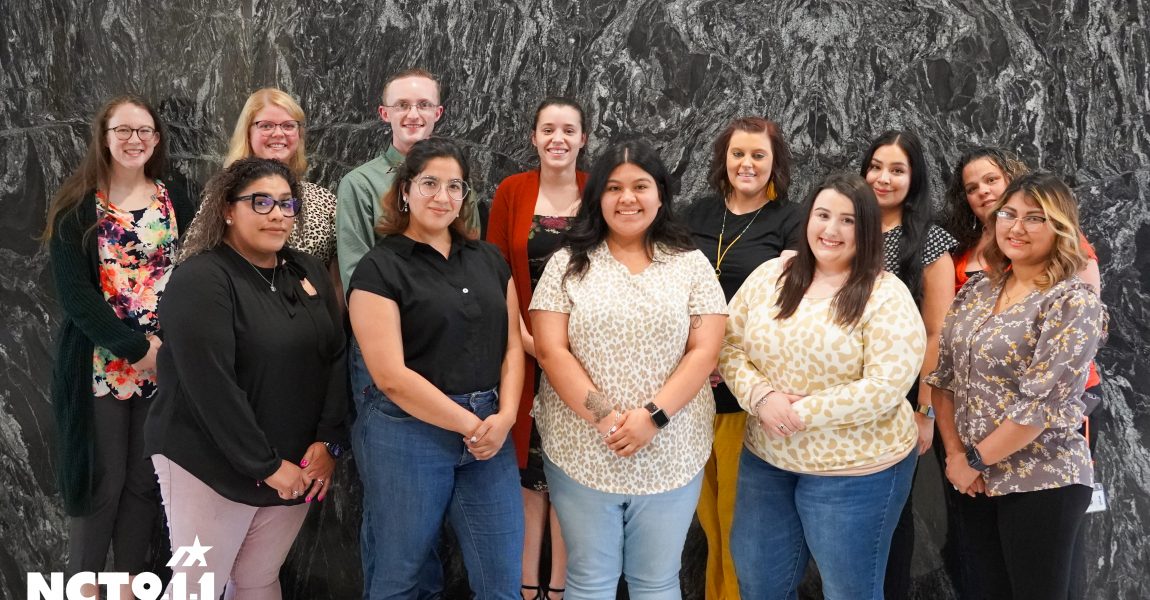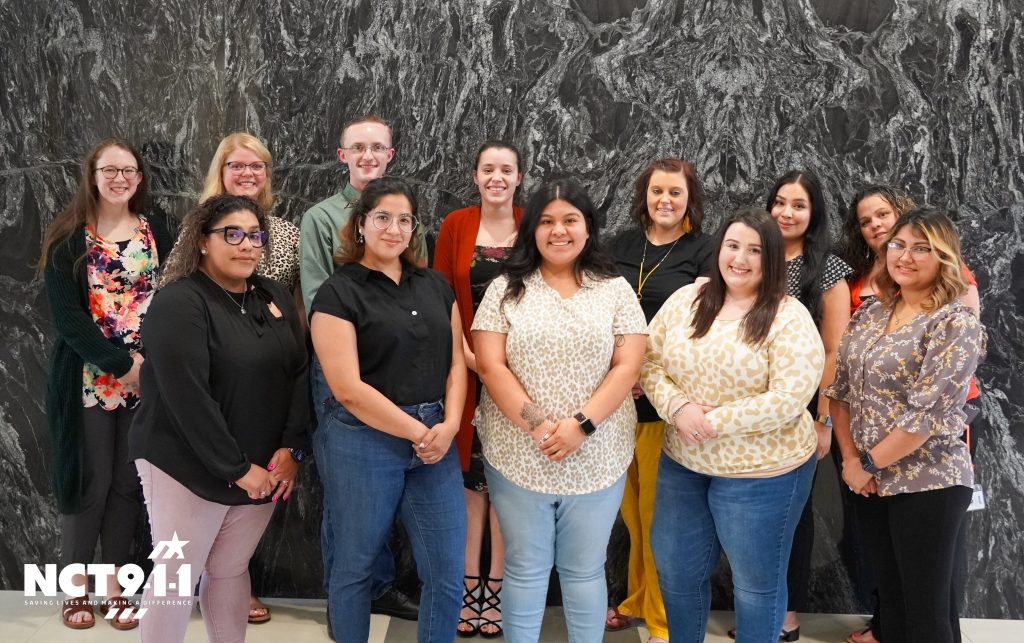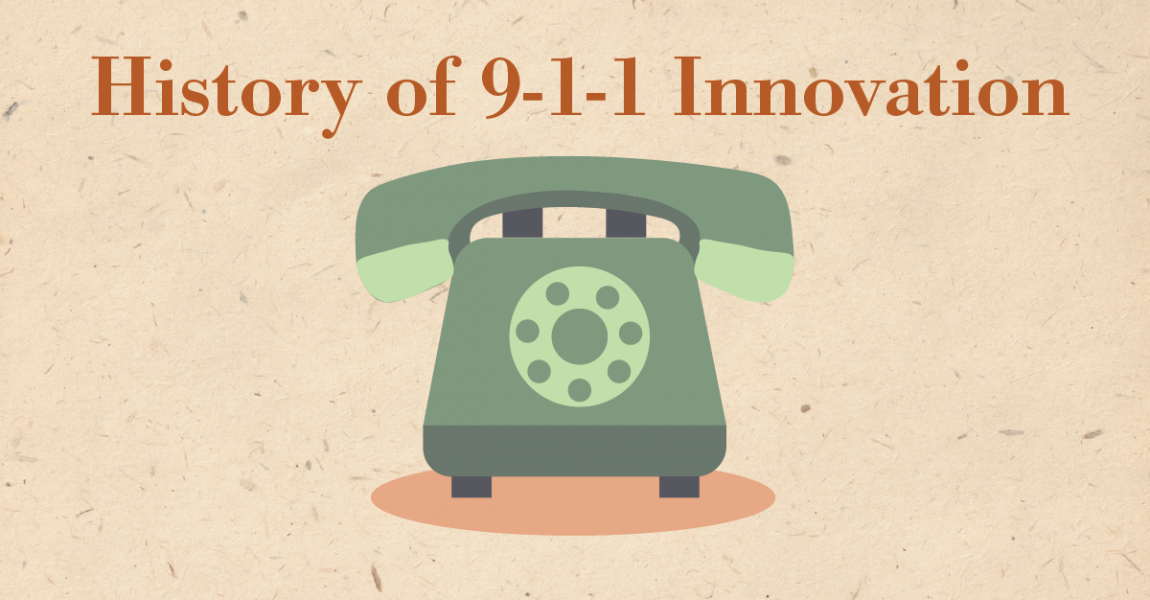Christy’s Corner: Innovation Is Not Just About Technology
Innovation is commonly defined as the creation, development, and implementation of a new method, idea, product, or service. It is an idea that has been transformed into practical reality. I would add that it is achieved with a positive outcome. For me, innovation is revolutionizing 9-1-1 by enhancing the service we provide the public, improving safety for our field responders, and providing new tools for our telecommunicators.
There are officially four types of innovation and I believe 9-1-1 hovers between disruptive and radical innovation. We have done things the same way in 9-1-1 for years and years. Proven, reliable technology and 9-1-1 systems that were designed and built in 1968 still exists in most areas of our country today. It was apparent several years ago that 9-1-1 needed disruptive innovation, which involves applying new technology and processes to our industry. The changes being made today by early adopters in the 9-1-1 space could also be considered radical innovation as the changes have given birth to a whole new way of processing and delivering 9-1-1 requests for assistance.
It is my experience in 9-1-1 that when you talk about innovation, people immediately think of technology. In fact, I have focused on technology in my educational and awareness activities for the past several years.
Technology can be used to implement innovation, but the technology itself doesn’t produce innovation. In recent years the 9-1-1 industry has placed so much emphasis on technology that we sometimes lose sight of the reasons why humans create new technologies in the first place. Certainly with 9-1-1, that reason is to help people, save lives, and make a difference.
While I continue to champion the new technologies in 9-1-1 that will solve problems, I also want to support the greater definition of innovation by focusing on the people. I learned many years ago that we can implement the latest and greatest technologies in the PSAP, but if the telecommunicators don’t use the new technology or don’t use it properly, there has been no gain or positive outcome. If the public doesn’t know how to contact 9-1-1, we have failed in our mission. It is time for this industry to focus on the people side of innovation by engaging our users, getting buy-in, enhancing our hiring and training practices, focusing on wellness and mental health, and pouring into our employees so they understand how they fit into the big picture. Let’s give them a sense of value and pride knowing they are part of something great. And it doesn’t stop with our telecommunicators. We need to educate our field responders, decision makers and yes, the general public. It’s time to focus on the human side innovation and recognize:
Technology + People = Success




